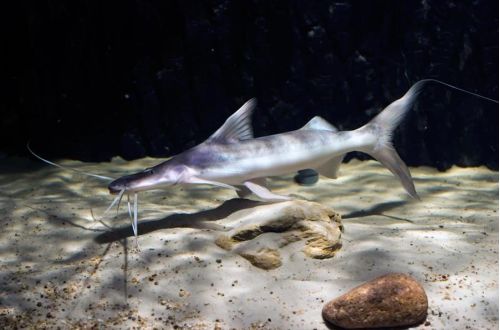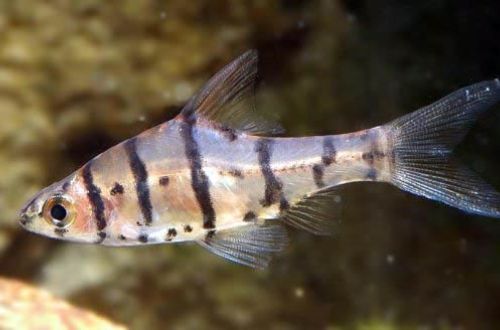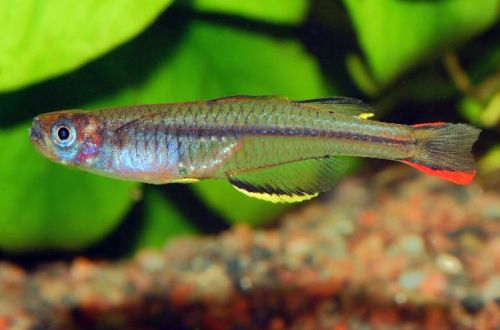
drooling catfish
The salivating catfish, scientific name Brachyplatystoma platynemum, belongs to the family Pimelodidae (Pimelod or flathead catfish). Such an unusual name was given to it by fishermen – it is an important commercial fish among the local population – and is due to the fact that when the catfish is taken out of the water, when trying to breathe in the air, bubbles appear at the mouth. Not suitable for beginner aquarists.

Contents
Habitat
Comes from South America. It is widely distributed throughout most of the Amazon and Orinoco basins. The catfish inhabits the main deep water channels of the rivers and is not associated with any specific biotope. Depending on the season of the year, they migrate from the mouth to the upper reaches, overcoming over 5000 km. This is one of the longest migrations among freshwater fish.
Brief information:
- The volume of the aquarium – from 1000 liters.
- Temperature – 22-28°C
- Value pH — 6.0–8.0
- Water hardness – 1–21 dGH
- Substrate type – sand, gravel
- Lighting – subdued
- Brackish water – no
- Water movement – any
- The size of the fish is about 1 meter
- Food – different fish
- Temperament – conditionally peaceful
- Content alone or in a group
Description
Adults reach a length of about 1 meter. Young catfish are predominantly dark in color with a mottled body pattern that fades as they mature, resulting in light gray or brown upperparts and lighter underparts. The fish has an elongated muscular body and a flat head with a large mustache. The tail is large forked with elongated extreme rays. Sexual dimorphism is weakly expressed, there are no obvious visible differences between male and female.
Food
A carnivorous species, in nature it feeds exclusively on other fish. However, in the artificial environment it is often accustomed to alternative foods than live prey. For example, shrimps, mussels, pieces of squid and fish meat. The frequency of feeding is once a week.
Maintenance and care, arrangement of the aquarium
Given the size of adult fish, they will need very large aquariums containing thousands of liters of water. Such installations, together with the design and equipment, will weigh several tons, and maintenance and maintenance will require a lot of time and money. All this takes the Slobbering Catfish beyond the scope of amateur aquariums.
The choice of decoration does not really matter, although carefully crafted decor is not needed here, as the catfish will quickly destroy it. It will look most harmoniously against the background of sandy or rocky substrates among large snags and boulders in subdued lighting conditions.
High water quality is maintained by a strict aquarium maintenance regime, as well as through the operation of efficient cleaning systems, which sometimes take up a room the size of a room.
Behavior and Compatibility
Despite its diet, it is a peaceful species, able to get along with other fish large enough to fit in their mouths. Of course, any small fish will certainly become an object of hunting.
Breeding / breeding
There have been no successful cases of breeding slobbery catfish in the artificial environment of aquariums. Juveniles are usually exported by capture from their natural habitat.
Fish diseases
The cause of most diseases is unsuitable conditions of detention. A stable habitat will be the key to successful keeping. In the event of symptoms of the disease, first of all, the quality of the water should be checked and, if deviations are found, measures should be taken to correct the situation. If symptoms persist or even worsen, medical treatment will be required. Read more about symptoms and treatments in the Aquarium Fish Diseases section.





